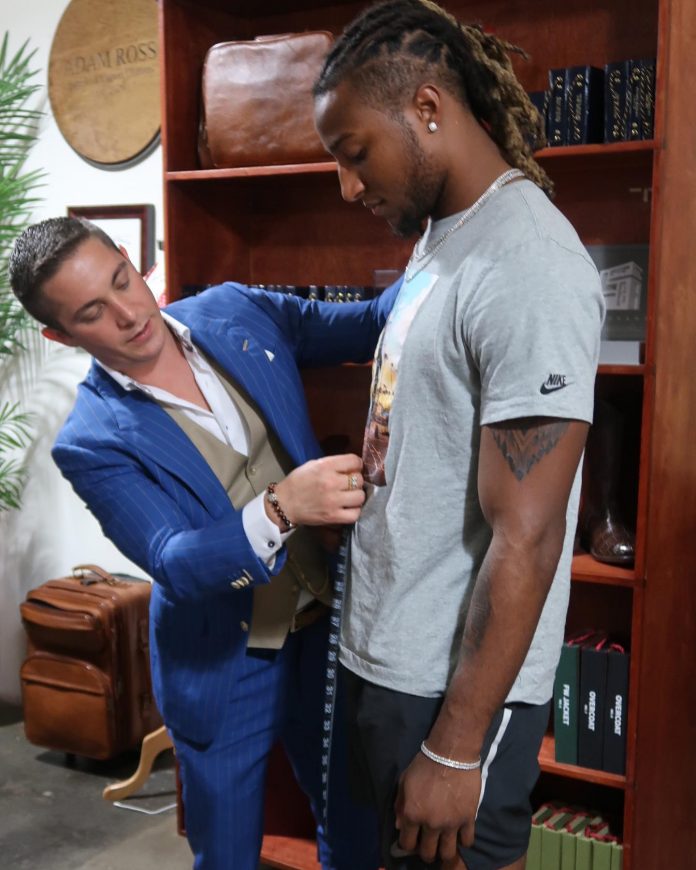
When you decide to start carrying a firearm, a lot of things have to change. You hear a lot of advice on how to adjust your wardrobe.
Personally, I prefer to keep my clothing as unmodified as possible, for 2 reasons:
Reason 1: Modifications are expensive. Good tailoring costs money. Having something done to every single jacket or pair of pants in your closet can add up.
Reason 2: Some carry-specific adjustments only make the garment fit right when you’re wearing the gun. I don’t like the proposition of two separate “with a gun” and “without a gun” wardrobes.
With that said, let’s take a look at the popular modifications that people recommend.
Buy Bigger Clothes:
The most common suggestion you’ll hear is “wear a size bigger” (especially as it pertains to pants for carrying inside the waistband).
The biggest problem I have with this “tip” is that a size bigger is bigger everywhere. This means that, while there certainly is extra space in the waist for your sidearm, you end up looking like you’re wearing hand-me-downs. At best it just looks sloppy, and at worst it’s unusual enough to draw further scrutiny. (Yes, this really happens. Claude Werner experienced it firsthand.)
IF you insist on sizing up your clothing to make room for a pistol, I’d suggest getting the garment tailored so that it fits you properly everywhere else, and you don’t look like you’re wearing a circus tent.
Extra Belt Loops:
It was popular for plain clothes cops and bodyguards to have extra belt loops added to their trousers to support the weight of a full-sized handgun, spare magazines, and other gear all hanging on a double thick leather gun belt. You see this trend continued in modern tactical pants and jeans. I don’t hate this one, with the caveat that it works best when you’re going to be wearing a jacket since most of the extra loops will be concealed. If the beltline is going to be exposed, that density of loops interrupts the profile of the belt, and it can deviate from the norm enough to raise questions.
Reinforced Lining:
Guns are angular chunks of metal. Angular metal is sharp. Especially when you’ve got the fabric of a jacket pulled over it. It can be expensive to have an entire jacket re-lined, so some guys will have a sacrificial layer sewn into their coats This can be the same material or something with a little more structure like moleskin. Especially if you’re regularly carrying a firearm while wearing jackets/sports coats, but don’t have many in the rotation, this can save you some costly repairs. Of all the options discussed, this is the one I see as the most viable. John Murphy has recommended iron-on patches to help avoid the cheese-grater effect guns have on your shirts for appendix carry.
Extra Weight:
Another old-school bodyguard hack. To facilitate the “IDPA Flick” of getting the jacket out of the way, some would have small weights sewn into the front hem of their jackets. This would ostensibly keep it from falling back over the gun as quickly as the shooter went to clear the garment. The problem with this one is, aside from the cost, whenever you have that jacket pressed, eventually, the weight will be outlined in the fabric. You can achieve a similar effect by putting something in the pocket (just make sure it’s not so bulky as to ruin the lines of the jacket)
For the more casual wardrobe, I’ve found all that’s needed is to buy clothing that fits correctly, wear pants at the natural waist, instead of lower on the hip bones, and have fabrics with a little bit of stretch to them. This will generally give you the space you need to fit a pistol.



